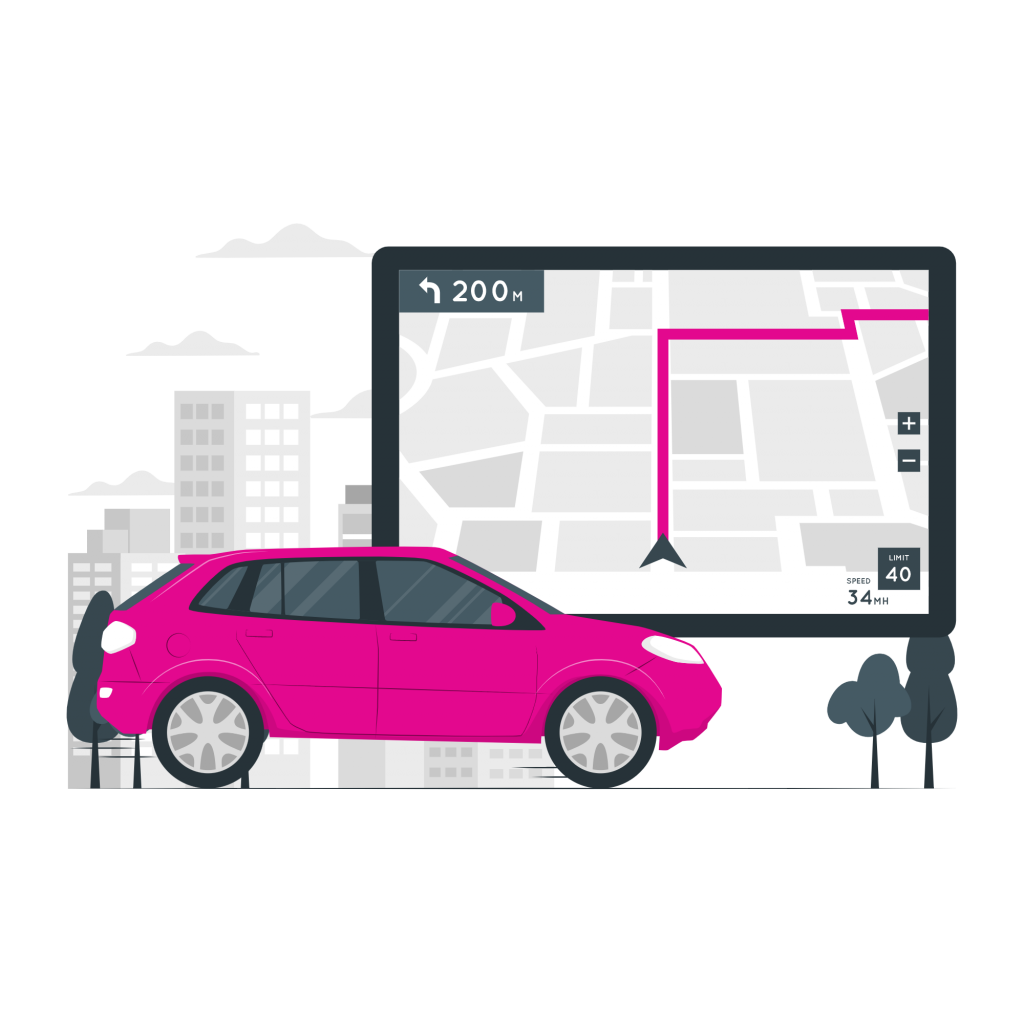In our previous articles, we discussed the Business Model Canvas and how it can be used to visualize and plan the key elements of a business. We also explored the Amazon business model and how it has contributed to the company’s success. In this article, we’ll take a closer look at the Uber business model and how it has disrupted the traditional taxi industry.
Founded in 2009 by Travis Kalanick and Garrett Camp, Uber is a ride-hailing service that connects drivers with riders through a smartphone app. Today, Uber is one of the most successful and influential companies in the sharing economy, with a market value of over $100 billion.
So, what is the Uber business model and how has it disrupted the traditional taxi industry?
Value Proposition
At the core of the Uber business model is a focus on convenience and reliability. The company’s app allows riders to easily request a ride, track their driver’s progress, and pay for their trip all in one place. Uber’s value proposition is further enhanced by its pricing model, which uses dynamic pricing to adjust fares based on demand and supply.
Customer Segments
Uber targets a broad range of customer segments, including individuals and businesses. The company has a strong presence in the B2C market, but it also has a significant presence in the B2B market through its Uber for Business platform.
Channels
Uber uses a variety of channels to reach and communicate with its customers, including its smartphone app, website, and social media accounts. The company also uses targeted advertising to reach potential riders.
Customer Relationships
Uber uses a number of tactics to build and maintain strong relationships with its customers, including personalized recommendations, a loyalty program, and excellent customer support. The company also invests heavily in research and development to continually improve its app and services.
Revenue Streams
Uber generates revenue through the fees it charges for its ride-hailing service, as well as through its food delivery service, Uber Eats. The company also generates revenue through advertising on its app and through its Uber for Business platform.
Key Partners
Uber has a network of key partners, including drivers, car rental companies, and payment processors. The company also works closely with third-party developers and has partnerships with other companies in areas such as autonomous driving and electric scooters.
Key Activities
The key activities that drive Uber’s success include developing and maintaining its app, recruiting and managing drivers, and marketing to potential riders. The company also invests heavily in research and development to continuously improve its products and services.
Key Resources
Uber’s key resources include its smartphone app, network of drivers, and marketing budget. The company also has a significant investment in technology, including its autonomous driving and electric scooter divisions, to support its growth and innovation.
Cost Structure
The cost structure of the Uber business model includes expenses such as driver commissions, marketing, and technology development. The company also incurs costs related to legal and regulatory issues as it has faced challenges in various markets around the world.
Conclusion
The Uber business model has disrupted the traditional taxi industry by offering a convenient and reliable ride-hailing service through its smartphone app. By focusing on customer satisfaction and continuously innovating, Uber has become one of the most successful and influential companies in the sharing economy.
If you’re looking to raise funds for your startup, don’t hesitate to reach out to our experienced team. We have a proven track record of helping startups secure the funding they need to succeed. Simply click here to book a meeting and let us help you navigate the complex world of startup fundraising.




